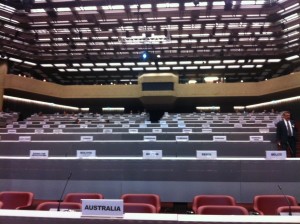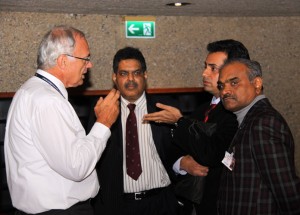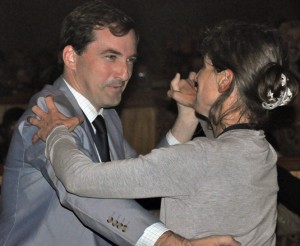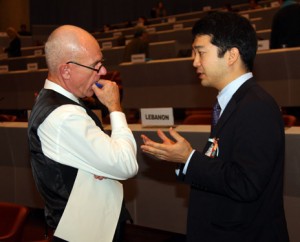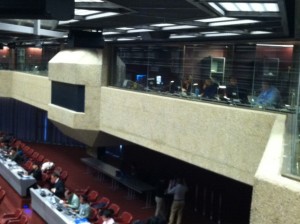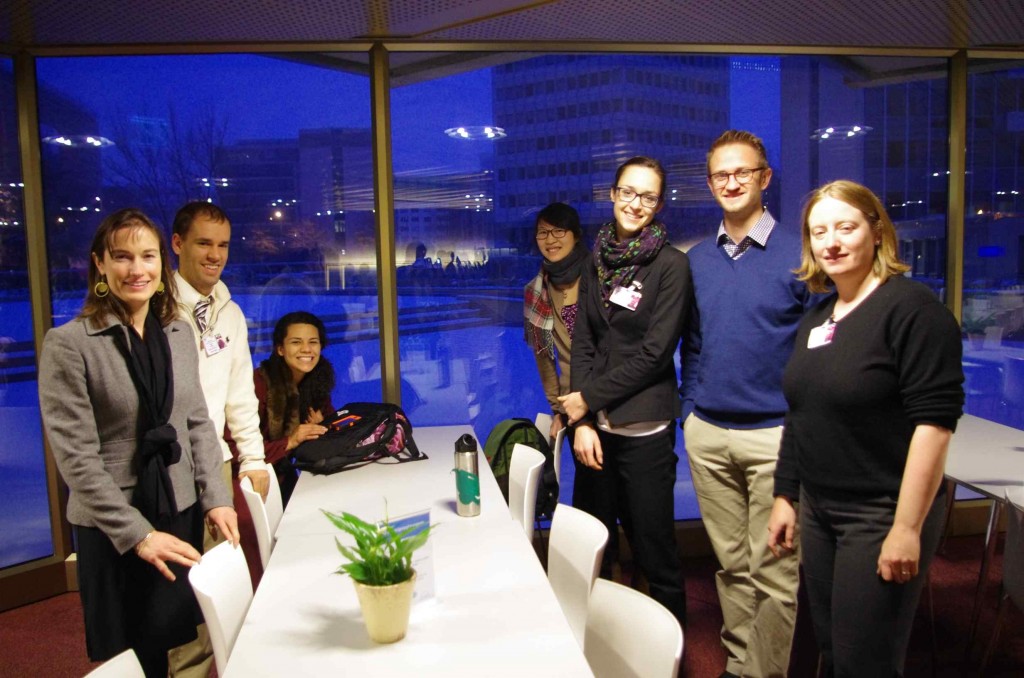By: Alice Alpert and Julie van der Hoop
Financial commitments were a major concern in the final days of negotiation at INC5. In an earlier blog post, we summarized some of the key issues to be addressed. During the week, a contact group on financial and technical assistance was charged with producing articles detailing:
- the mechanism by which countries that need help meeting their commitments under the convention could receive funds,
- the forms of technical assistance, capacity building, and technology transfer available under the convention, and
- the form of a committee to review implementation and/or compliance.
Discussions in this contact group highlighted the struggles between the developed global North and the developing global South. The North emphasized the need for strict regulations to protect health and the environment. The South stressed the importance of development in promoting well-being there, and the need for an approach that recognized the common but differentiated responsibilities of different countries. However, this distinction between North and South is further complicated by rapidly-developing economies such as China, India, and Brazil. These countries account for a significant and growing portion of global mercury emissions, but still stressed the need for assistance in meeting potential obligations.
Much of the negotiations on financial assistance occurred behind closed doors, in “friends of the co-chairs” meetings during the final evening of negotiations. The all-night drafting group consisted of 14 members, equally represented by developed and developing countries. The composition of the drafting group was key because this was where the hard compromises were hammered out. Early Saturday morning, this group emerged with a compromise that is included in the final treaty text.
The treaty establishes a financial mechanism, made up of the Global Environment Facility (GEF) and a specific international Programme, to support developing countries in implementing actions on mercury. It states that all Parties may contribute to both the GEF and the international Programme. This is a notable provision, and this language may reflect the diverse group of donors to the GEF, some of whom are also to receive mercury-related funding (e.g. Mexico and China). In addition to provisions on a financial mechanism, a separate article addresses Technical Assistance, Capacity Building and Technology Transfer. Technical assistance and capacity building will be provided to developing countries, while technology transfer will be promoted.
This compromise reflects elements of both developed and developing country priorities. Implementation of the convention is not strictly tied to the provision of financial resources, which was suggested by developing countries and opposed by developed countries. While an additional programme was included beyond the GEF and include new resources (a win for developing countries), funding will be voluntary (consistent with developed countries’ positions).
The final version of the text shows a masterful blend of many voices and offers every party some element of a victory. For more on the concept of “win-win” negotiations, and what it really means, see our guest post by Larry Susskind. In the final text, some statements stand alone in their own paragraphs for special emphasis, and great care has been taken in the order of concepts and their linkage or non-linkage. For example, in the article on the financial mechanism, implementation is explicitly disconnected from provision of funds. However, the article on implementation and compliance links these two ideas in saying that the implementation and compliance committee will provide “resources to meet costs in support of implementation of the Convention.” Thus, in order to be seen as legitimate by all parties, the final text is a grand compromise that also includes some mixed messages.




